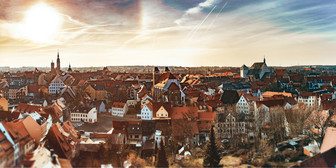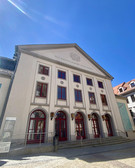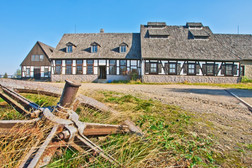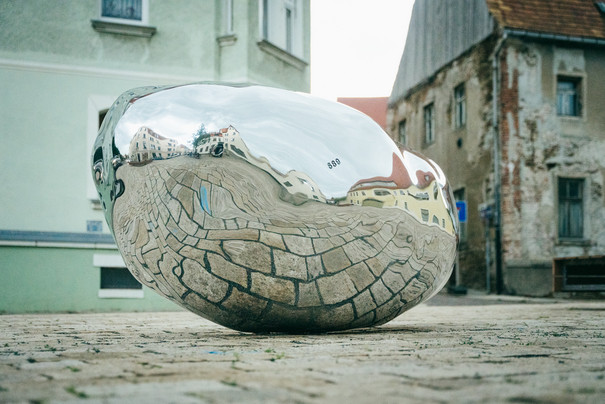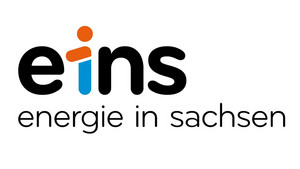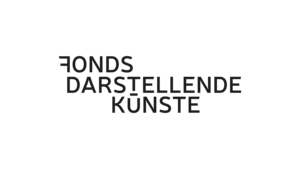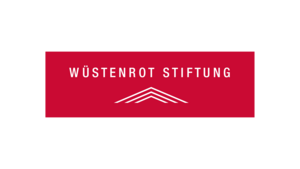The Silver City® of Freiberg has been a UNESCO World Heritage Site since 2019 as part of the Erzgebirge/Krušnohoří mining region. The large district town is characterised by more than 800 years of silver mining: from 1156, Margrave Otto von Meissen initially had a number of forest hoof villages built, near which silver ore was soon found. The margrave granted everyone the right to mine freely - probably the origin of the name Freiberg and the start of the rapid growth of the town that soon emerged. The layout from the 12th/13th century still characterises the face of the old town today. In total, there are over 1,250 technical, art-historical and cultural monuments in the city centre. These include St Mary's Cathedral with the burial place of the Wettin dynasty, the world-famous Silbermann organs and the Golden Gate or Freudenstein Castle, which today houses terra mineralia, probably the most beautiful and largest mineral exhibition in the world.
The Central Saxon Theatre is considered to be the oldest municipal theatre in the world. Founded in 1765, the Bergakademie is one of the oldest mining technology universities in the world. Friedrich von Hardenberg (Novalis), Mikhail Lomonosov, the Russian Tsar Peter I, Johann Wolfgang von Goethe and Alexander von Humboldt were all students in Freiberg. Today, the Freiberg University of Mining and Technology with its six faculties sees itself as a resource university, which operates the "Reiche Zeche" research and teaching mine as well as the "Alte Elisabeth" at the Himmelfahrt Fundgrube. Freiberg's mining traditions are brought to life by today's 41,000 inhabitants at the large mining parades at the Bergstadtfest and at the Christmas market.
Wilhelm Mundt: Trashstone 689
Art and sculpture trail PURPLE PATH
Wilhelm Mundt's iconic sculpture Trashstone 689 from the series of the same name is reminiscent of the early silver finds in the mining region. The elegantly reflective aluminium surface of the sculpture encloses a hermetic inner world which, according to the artist, consists of production residues from the studio but remains hidden from the viewer. Wilhelm Mundt was born in Grevenbroich in 1959. He lives and works in Rommerskirchen and also teaches at the Dresden University of Fine Arts.
